Garmin Revamps Pedals, Includes Offroad
There’s a problem with the power pedal narrative. “You can switch the pedal from bike to bike,” is the selling feature. But from what bike to what bike? If it’s a gravel or MTB bike, are you really going to put a road pedal on that bike?
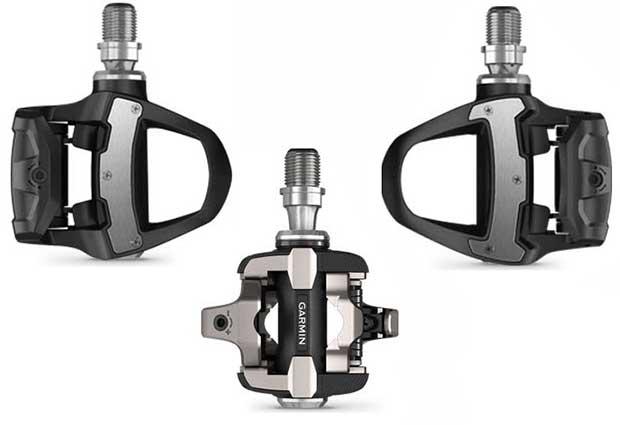
Today Garmin introduced a new pedal-based power meter platform that cures this problem. The Vector is officially gone, replaced by the Rally, which comes in 3 cleat styles. The Rally RK100 and Rally RK200 continue Garmin’s tradition of LOOK KEO cleat compatibility. The Rally RS100 and Rally RS200, are also road pedals, but are built to support the Shimano SPD-SL cleat platform. The Rally XC100 and Rally XC200 are offroad pedals and work with Shimano’s SPD (offroad) cleats.
These pedals offer either 1-side or 2-sided power, and the "100" designation after the pedal name denotes, as you might guess, single-sided power. The pedals are available now (here they are at MyBikeShop), and here is the pricing:
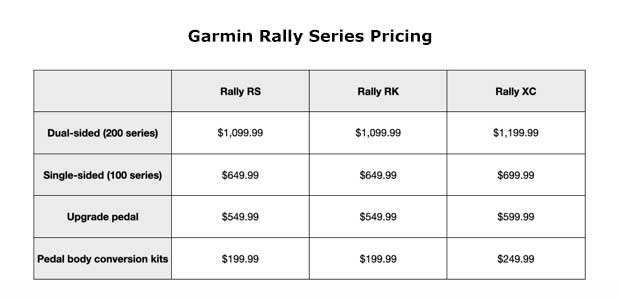
One selling feature of this system is that the electronics are in the pedal spindle, and it's the same spindle for both road and offroad. It's an easy switch to take off a pedal body and replace it with the other type, as in, a 5- to 10-minute job. You could, if you so choose, buy 2 spindles and 4 pedal bodies and have a road and offroad power pedal.
I asked if the pedals can be purchased that way. "Yes, with a minor clarification that you would want to buy 2 RS200’s and then 2 XC Conversion kits (or vice versa) which would result in 2 sets of spindles that can be swapped between 4 sets of pedal bodies." That's the answer I got and, if I understand this right, it would cost $1,100 + $200 for sub-assemblies that could construct a set of road, and a set of offroad, pedals.
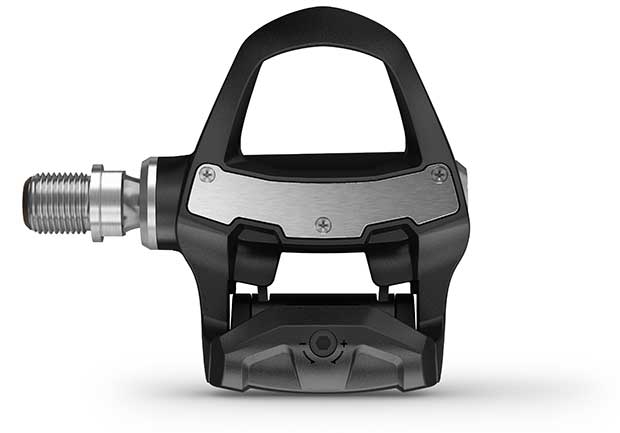
Garmin promises "up to" 120 hours of battery life, and fairly robust data analysis is available just with Garmin's free Connect software. I asked about the accuracy of the pedal as it moves from bike to bike because, in my own riding, I found that the Vector 3's accuracy was a little dodgy immediately upon mounting the pedals to another bike (if no calibration was executed). Here's what Garmin said about its new Rally series: "We do recommend the pedals are tightened on the crank to 34 Nm or 25 ft-lbs and that you do a short ride with a couple of short, hard sprint efforts before doing a calibration and beginning your ride for best results after moving the pedals between bikes."
That established, Garmin feels that its pedals remain accurate after a bike switch, especially if the protocol above is followed, and that "one of the primary benefits of the Rally products are their ability to be very easily swapped from bike to bike."


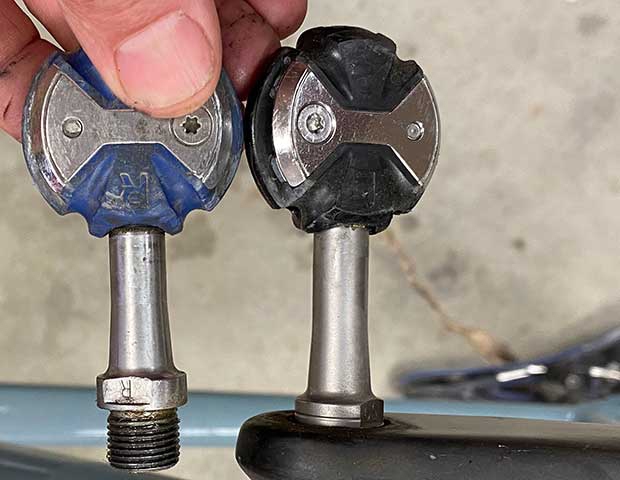
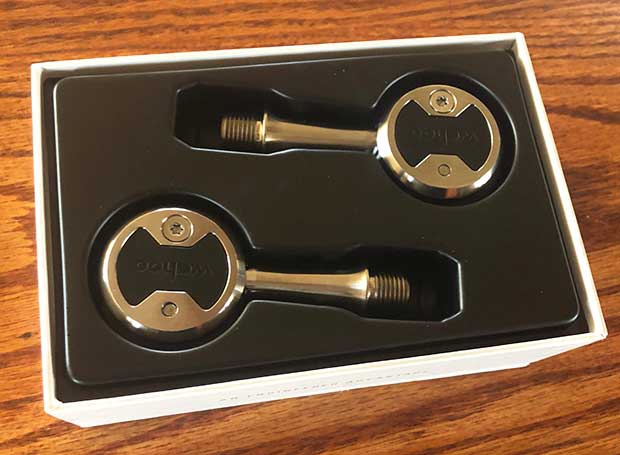
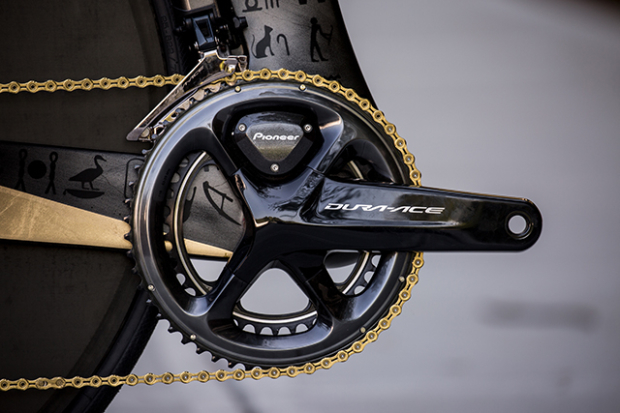
Start the discussion at forum.slowtwitch.com